

It’s not been a particular easy day for Heather Quinn when you join her in her struggles. Firstly, she’s ended up in a litigiously safe knock off of Quake called Starfire. Secondly, she now has the body of a pixelated half-man, half-machine known as a Gralak and if that wasn’t enough to contend with, she gets dropped into a multiplayer arena only to be told to “get back to The Sims” by some virtual rage-addled pubescent teenagers. By the time Heather - and that means you - get around to sending them home to CoD, Bedlam has proved its consistent, razor-sharp wit.
Reimagining the story he started with his novel (um, also called Bedlam), Christopher Brookmyre returns to shape this version of events. Whereas the book focuses on the misadventures of Ross Baker, this time you’re dropped into the boots of Heather (aka Athena) to find out how she’s ended up in the gameverse, a place where the aforementioned world of Starfire rubs shoulders with the Medal of Honour inspired Death or Glory and Halo stand-in Planetfire. It’s like Wreck It Ralph written by someone who played Quake instead of Mario, but that simple description does a huge disservice to how well crafted Brookmyre’s worlds and characters are.
While Bedlam nails the writing, its gameplay can’t quite match up. When you’re dropped into Starfire, you’re meant to be in a '90s era shooter but the game plays like a homage to a ‘90s era shooter. Fast movement, health packs and the ability to see bullets fizz past, meaning that the core strategy is ‘always keep moving’. Example time. When trying to defeat a boss early on, I thought I would be clever and hide behind scenery like I do in every modern game... only to be quickly overwhelmed and sent back to the checkpoint, arse in hand. But, when I ran about like a rabbit on speed, dodging fire and hammering the trigger like no tomorrow, I started to make a bit of progress.
However, the game never quite manages to match its ambition with the execution. When you jump out of Starfire into Death or Glory, the game still plays like a '90s shooter. There’s a disconnect between what’s being described in the game and what is happening on screen. So the Death or Glory sections are described as a cover based shooter in game, but you don’t have the ability to take cover à la Gears. Enemies should be smarter, but they still just run to you and ask for a bit of laser or lead to chew on.
So is the book required reading to get the most out of the game? Not really. If you’re a fan of the novel, than there are plenty of throwbacks to the jokes that would have made you do a laugh when you first saw them written down, and you’ll have a greater understanding of the final big bad’s importance. But, considering I started (and finished) the novel after I played the game, I never felt that it didn’t make sense without prior knowledge.
The idea of seeing areas and games evolve is effectively superficial, with only weapons and scenery improving in graphical quality. For instance, it’s a nice touch seeing blocky pixel lasers in the worlds where the lasers don’t give you time to dodge them, but your overall core abilities remain consistent. While some levels make this mismatch work - playing a Pac-Man esque maze like a 90’s FPS gave me an idea of how terrifying getting caught by a ghost is - the majority just highlight the game’s main flaw.
Which is? The actual shooting is just bland. Movement is blindingly fast, so much so that it sometimes feels like you’re playing on permanent fast-forward, yet turning your character feels like wrestling a tugboat by comparison. This makes getting shot from behind an exercise in wondering if you’ve got enough time to write your own novel before you can turn around and return fire. Plus, there’s nothing captivating about pulling the trigger. Guns spit out bullets with little heft and explosions feel like gentle farts in the wind rather than loud, powerful releases of energy. Certain guns are fun to experiment with - one which lays explosive mines in particular managed to raise a smile - but overall the gameplay feels like more a means to deliver the story’s end, which is forgivable for me because the story is incredibly enjoyable.
It's worth making progress to see how Heather reacts to it all, as she is one of the most engaging protagonists I’ve witnessed in sometime. She’s armed with a constant supply of assertive put-downs for those who dismiss her as ‘just a girl’, and a personality far richer than the usual FPS staple of ‘enjoys killing’. Particularly memorable is an exchange where she finds out how her unseen ally Buzzkill got her name - turns out Heather isn’t the one who has had to deal with annoying pubescent teens - empathising with her without letting their shared experiences of “dicks on the server” spoil their fun.
Something that may well spoil your fun is the number of major glitches in the game. In my runthrough I had one instance where a major bit of plot discussion - I mean, endgame levels of exposition here - didn’t trigger until I replayed it after I finished the game, while another level saw my ability to change weapon vanish until I had died. Minor niggles also crop up throughout the game, with some enemies getting stuck in the environment, and an unstable frame rate affecting various chunks of play. It’s a shame, but they crop up so often that it certainly sours play and disrupts the flow of the narrative.
Even with those technical and gameplay issues, Bedlam’s world and story are immensely likeable. It has a rare, caustic wit we don’t usually see in video games thanks to Brookmyre’s sense of humour, and Heather is the sort of leading lady we should see more of. But it’s hard not to feel like it’s biting off more than it can chew when it comes to the shooting and, once it’s over, there is little to draw you back in. An intriguing experiment then, but the writing will linger longer in the memory than the actual shooting.
This game was reviewed on PS4.
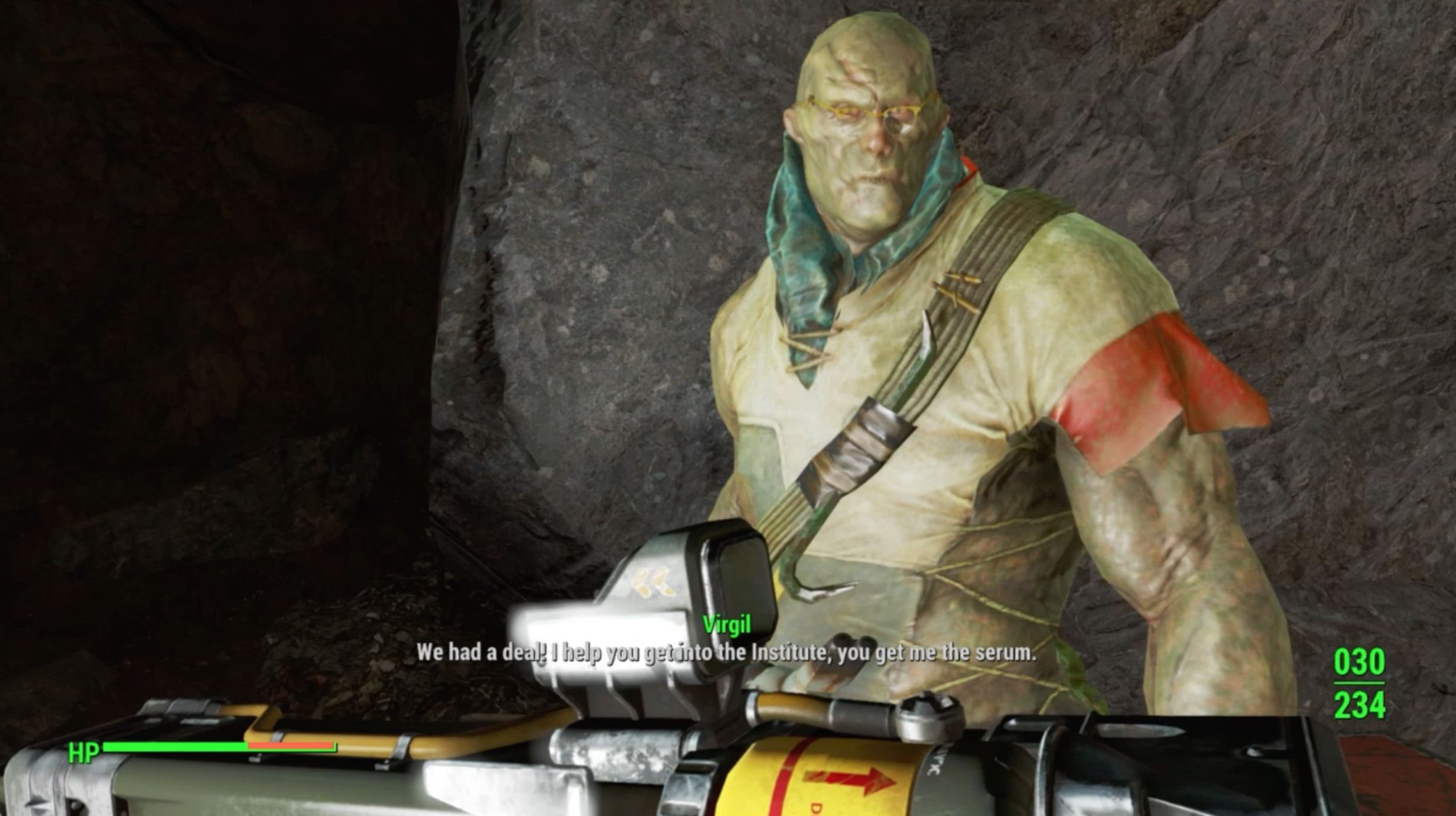

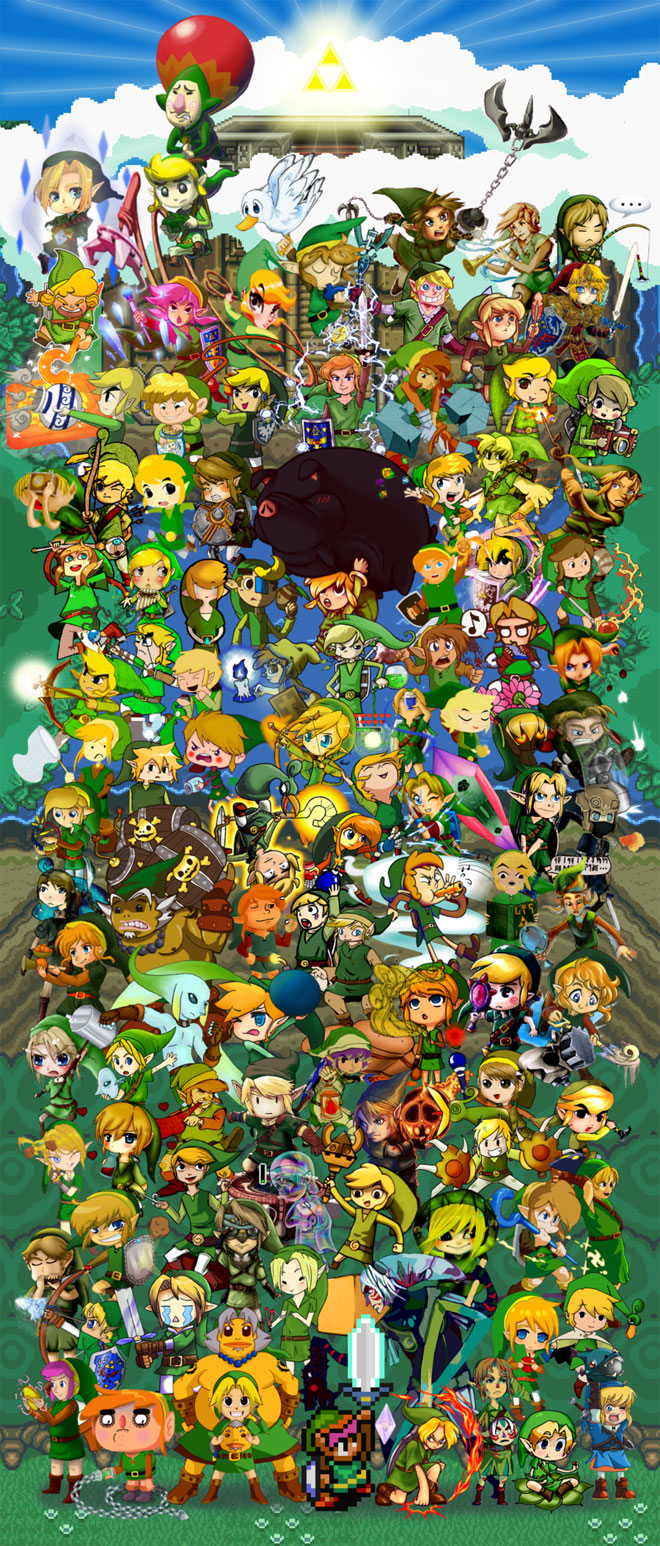
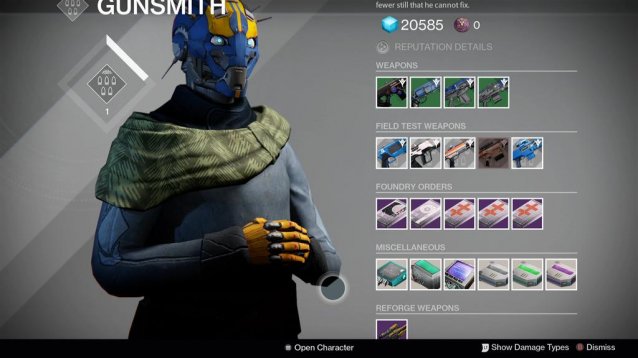
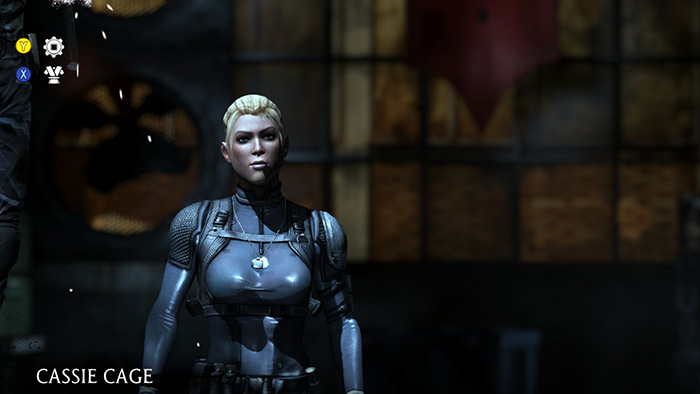 Mortal Kombat X: How to Perform Every Brutality
Mortal Kombat X: How to Perform Every Brutality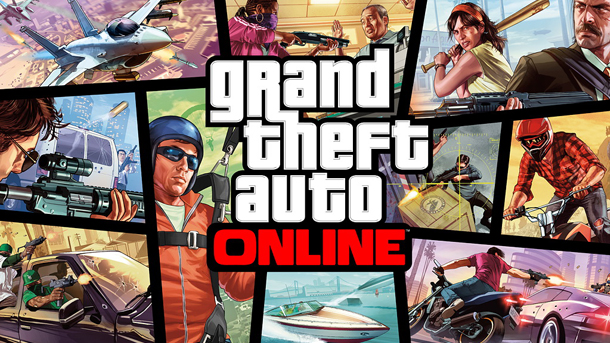 Maximal Effort for Minimal Rewards: Addressing GTA Onlines Broken Economy
Maximal Effort for Minimal Rewards: Addressing GTA Onlines Broken Economy How to do a clean install of Windows 8.1/8
How to do a clean install of Windows 8.1/8 9 New Office Online Features to Manage Documents & Collaboration
9 New Office Online Features to Manage Documents & Collaboration The Harry Stick Journey Walkthrough
The Harry Stick Journey Walkthrough